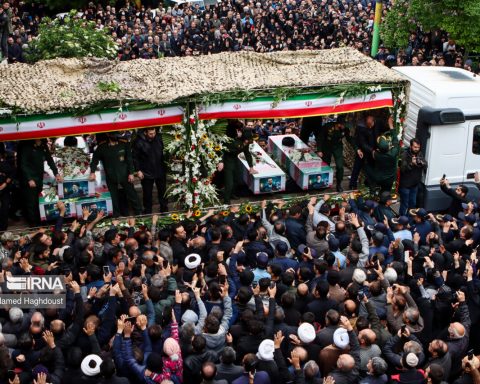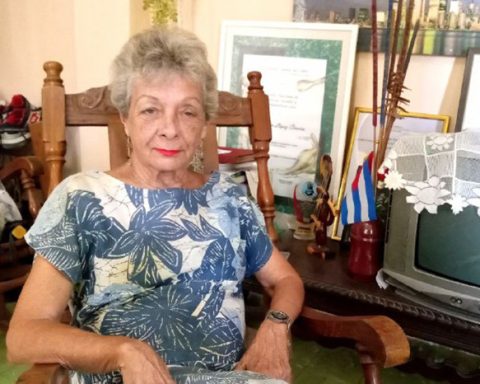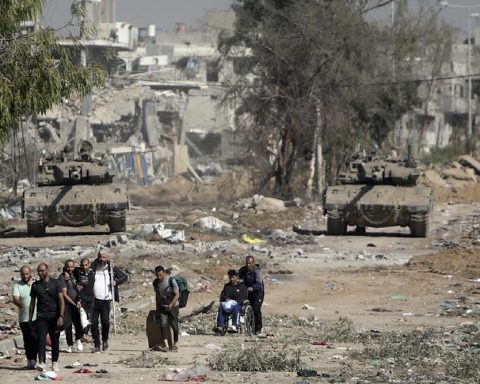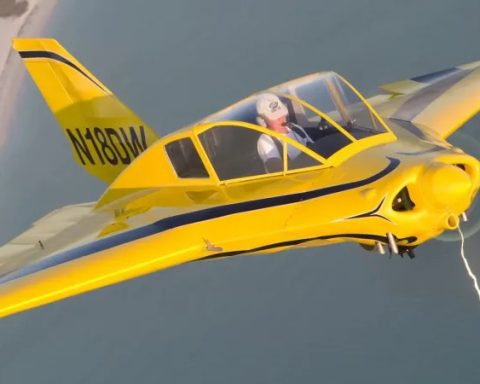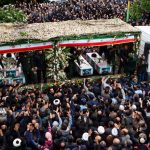|
Getting your Trinity Audio player ready...
|
Naqsh-e Rostam (lit. mural of Rostam, Persian: نقش رستم ) is an ancient archeological site and necropolis located about 12 km northwest of Persepolis, in Fars Province, Iran. A collection of ancient Iranian rock reliefs are cut into the face of the mountain and the mountain contains the final resting place of four Achaemenid kings notably king Darius the Great and his son, Xerxes. This site is of great significance to the history of Iran and to Iranians, as it contains various archeological sites carved into the rock wall through time for more than a millennium from the Elamites and Achaemenids to Sassanians. It lies a few hundred meters from Naqsh-e Rajab, with a further four Sassanid rock reliefs, three celebrating kings and one a high priest.
Naqsh-e Rostam is the necropolis of the Achaemenid dynasty (c. 550–330 BC), with four large tombs cut high into the cliff face. These have mainly architectural decoration, but the facades include large panels over the doorways, each very similar in content, with figures of the king being invested by a god, above a zone with rows of smaller figures bearing tribute, with soldiers and officials. The three classes of figures are sharply differentiated in size. The entrance to each tomb is at the center of each cross, which opens onto a small chamber, where the king lay in a sarcophagus.

Well below the Achaemenid tombs, near ground level, are rock reliefs with large figures of Sassanian kings, some meeting gods, others in combat. The most famous shows the Sassanian king Shapur I on horseback, with the Roman Emperor Valerian bowing to him in submission, and Philip the Arab (an earlier emperor who paid Shapur tribute) holding Shapur’s horse, while the dead Emperor Gordian III, killed in battle, lies beneath it (other identifications have been suggested). This commemorates the Battle of Edessa in 260 AD, when Valerian became the only Roman Emperor who was captured as a prisoner of war, a lasting humiliation for the Romans. The placing of these reliefs clearly suggests the Sassanid intention to link themselves with the glories of the earlier Achaemenid Empire.

Four tombs belonging to Achaemenid kings are carved out of the rock face at a considerable height above the ground. The tombs are sometimes known as the Persian crosses, after the shape of the facades of the tombs. The entrance to each tomb is at the center of each cross, which opens onto a small chamber, where the king lay in a sarcophagus. The horizontal beam of each of the tomb’s facades is believed to be a replica of a Persepolitan entrance.
One of the tombs is explicitly identified, by an accompanying inscription (“parsa parsahya puthra ariya ariyachitra”, meaning, “a Parsi, the son of a Parsi, an Aryan, of Aryan family), as the tomb of Darius I (c. 522-486 BC). The other three tombs are believed to be those of Xerxes I (c. 486-465 BC), Artaxerxes I (c. 465-424 BC), and Darius II (c. 423-404 BC) respectively. The order of the tombs in Naqsh-e Rostam follows (left to right): Darius II, Artaxerxes I, Darius I, Xerxes I. The matching of the other kings to tombs is somewhat speculative; the relief figures are not intended as individualized portraits.
A fifth unfinished one might be that of Artaxerxes III, who reigned at the longest two years, but is more likely that of Darius III (c. 336-330 BC), the last king of the Achaemenid Dynasts. The tombs were looted following the conquest of the Achaemenid Empire by Alexander the Great.

Darius Inscription
An inscription by Darius I, from c.490 BCE, generally referred to as the “DNa inscription” in scholarly works, appears in the top left corner of the facade of his tomb. It mentions the conquests of Darius I and his various achievements during his life. Its exact date is not known, but it can be assumed to be from the last decade of his reign. Like several other inscriptions by Darius, the territories controlled by the Achaemenid Empire are specifically listed, which formed the largest empire during antiquity. The extant of his empire encompassed Macedon and Thrace in Europe, Egypt in North Africa, Babylon and Assyria in Mesopotamia, the steppes of Eurasia, Bactria in Central Asia, up to Gandhara and the Indus in the Indian Subcontinent which were annexed during the Achaemenid conquest of the Indus Valley.

“A great god is Ahuramazda, who created this earth, who created yonder sky, who created man, who created happiness for man, who made Darius king, one king of many, one lord of many.
I am Darius the great king, king of kings, king of countries containing all kinds of men, king in this great earth far and wide, son of Hystaspes, an Achaemenid, a Persian, son of a Persian, an Aryan, having Aryan lineage.
King Darius says: By the favor of Ahuramazda these are the countries which I seized outside of Persia; I ruled over them; they bore tribute to me; they did what was said to them by me; they held my law firmly; Media, Elam, Parthia, Aria, Bactria, Sogdia, Chorasmia, Drangiana, Arachosia, Sattagydia, Gandara [Gadâra], India [Hiduš], the haoma-drinking Scythians, the Scythians with pointed caps, Babylonia, Assyria, Arabia, Egypt, Armenia, Cappadocia, Lydia, the Greeks (Yauna), the Scythians across the sea (Sakâ), Thrace, the petasos-wearing Greeks [Yaunâ], the Libyans, the Nubians, the men of Maka and the Carians.
King Darius says: Ahuramazda, when he saw this earth in commotion, thereafter bestowed it upon me, made me king; I am king. By the favor of Ahuramazda I put it down in its place; what I said to them, that they did, as was my desire.
If now you shall think that “How many are the countries which King Darius held?” look at the sculptures [of those] who bear the throne, then shall you know, then shall it become known to you: the spear of a Persian man has gone forth far; then shall it become known to you: a Persian man has delivered battle far indeed from Persia.
Darius the King says: This which has been done, all that by the will of Ahuramazda I did. Ahuramazda bore me aid, until I did the work. May Ahuramazda protect me from harm, and my royal house, and this land: this I pray of Ahuramazda, this may Ahuramazda give to me!
O man, that which is the command of Ahuramazda, let this not seem repugnant to you; do not leave the right path; do not rise in rebellion!”

